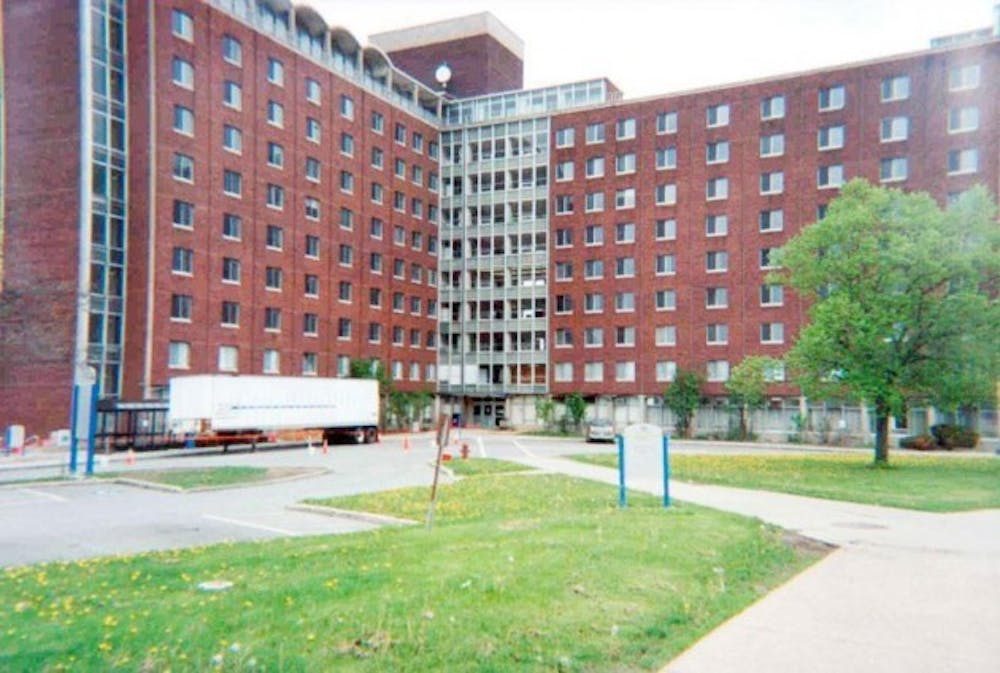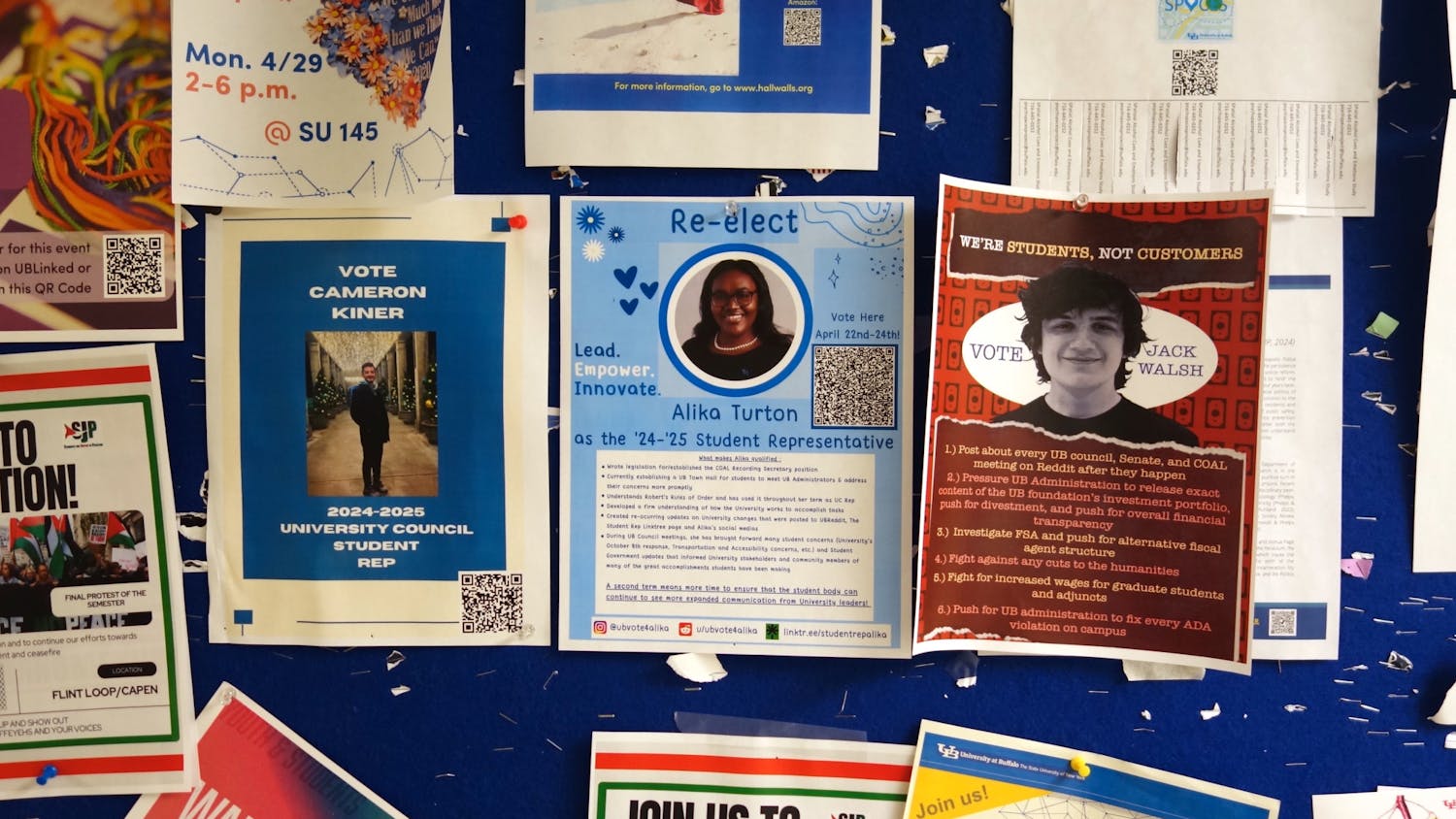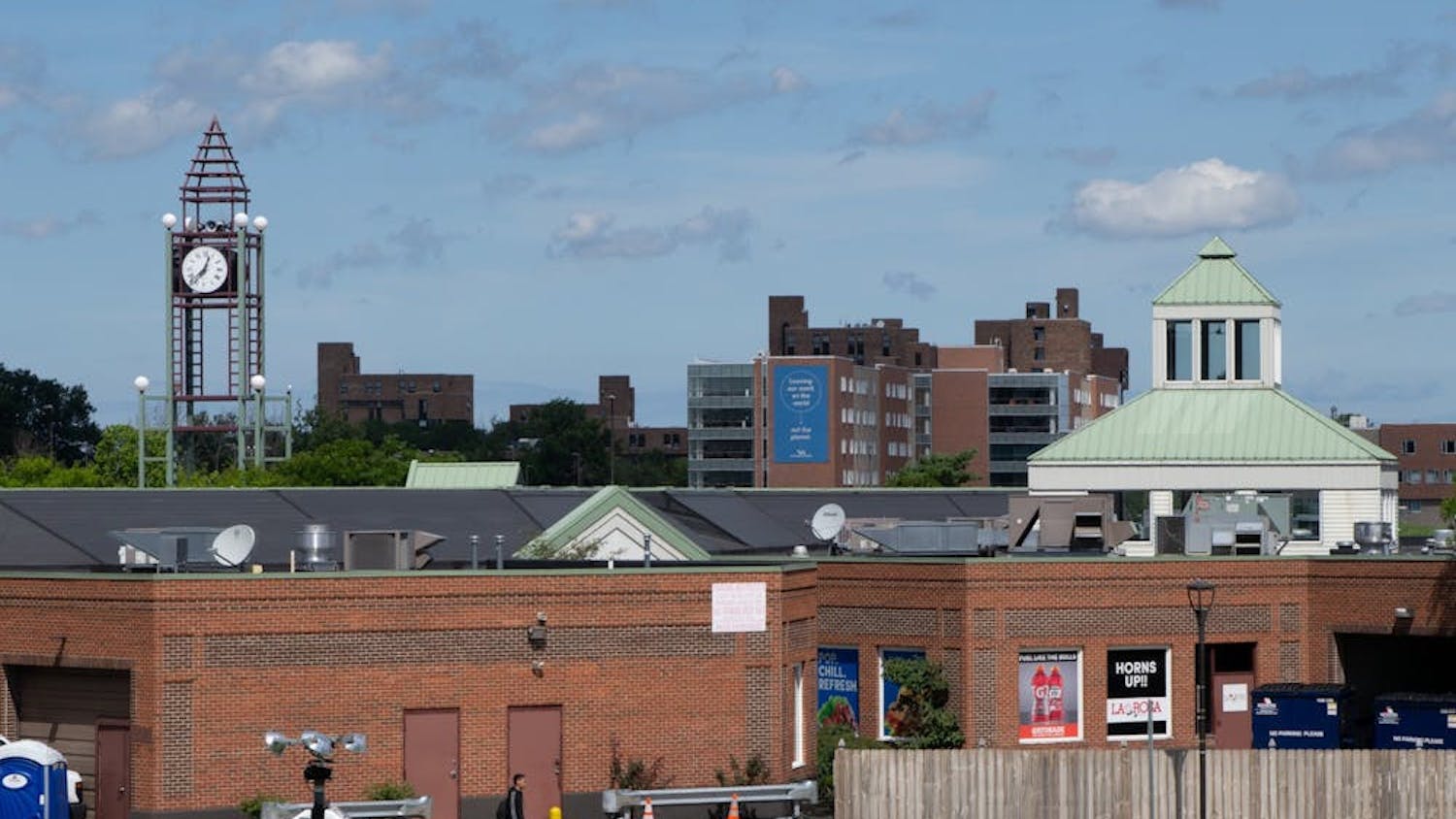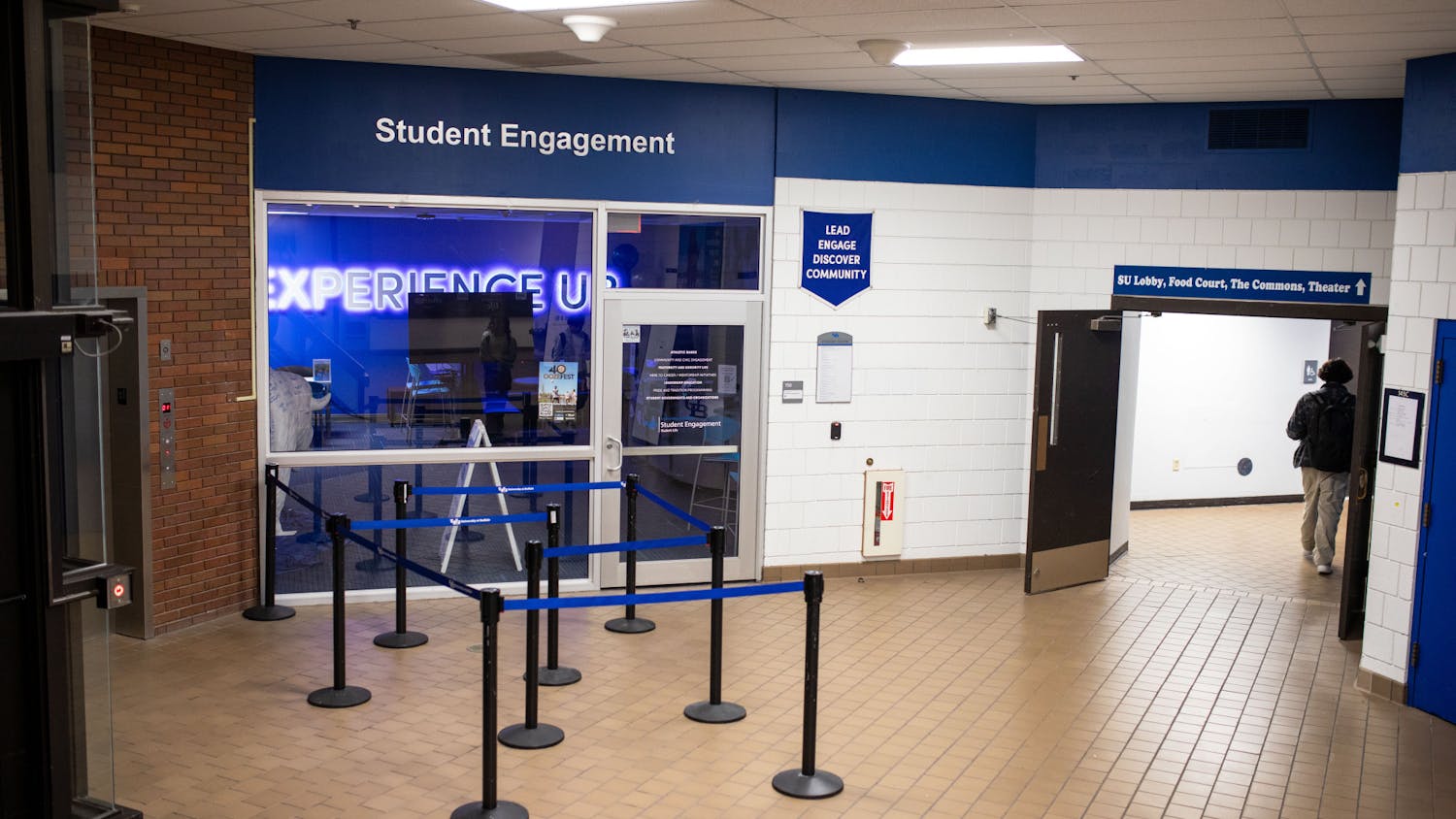When construction workers were digging up land on South Campus for a new sewer line in March, they were surprised to find coffins and human skeletal remains within the soil.
But Doug Perrelli wasn't.
In fact, it was not the first time Perrelli, director of Archeological Survey, excavated human remains from South Campus soil.
"Over the years, every time they move earth around in that area of South Campus they find bone fragments," Perrelli said. "There's been a long history of going back to South Campus and picking up occasional stray loose remains, but this is the first time that we discovered something more numerous."
The construction project under Clement Road exposed skeletal remains of about 300 human bodies and their coffins from a cemetery that used to exist on current-day South Campus soil. It was an on-site cemetery of the Erie County Poor House, an institution that cared for poor and sick people from about 1850-1909.
Historians think that some of the residents of the Erie County Poor House may not have had families or the authorities had no way of getting ahold of them. So when the individuals died, operators of the facility buried them on the site, according to Joseph Brennan, the associate vice president for university communications.
The Erie County Poor House either did not keep a record of who was buried on the site or the record was lost. When the land was granted to UB in the early 20th century for its first campus, UB officials did not know exactly where the cemetery was or its size because they could not find a record. They only knew that there was probably one there somewhere, according to Perrelli.
When UB was being built in the 1920s and 1930s, UB officials obtained an aerial photograph of the campus, but there was no markings or sign of a cemetery there, Brennan said.
"For many years, historians have been trying to find [a record of those buried], and UB has sent people, the archeology team has sent people to search through the county records, and we've never been able to turn them up," Brennan said.
Some of the Erie County Poor House buildings still exist today and are used as classrooms and offices on South Campus, including Hayes Hall and Wende Hall.
In March, the archeologists excavated the remains and took them to Forest Lawn Cemetery. The construction workers resumed their work, only to find more remains in April. By June, a total of approximately 300 skeletal remains of human bodies with their coffins were found.
UB officials chose Forest Lawn as the cemetery to bury the human remains in because it is a historic cemetery in Buffalo. It was founded in the 19th century, an era when those living at the Erie County Poor House were alive. Former U.S. President Millard Fillmore, a founder of UB and the first chancellor of UB, is buried in Forest Lawn.
"We wouldn't want to chose a religious cemetery because we don't know the religions of the people who were buried there...Forest Lawn is nondenominational," Brennan said. "It's also the closest cemetery to the Poor House site because it's just a few miles down the road. So it felt like it was a very appropriate choice, and I think that we're honoring the people who we're finding by laying them to rest nearby in Forest Lawn."
The remains have to be removed and reentered into a cemetery, according to state law.
Over the course of Perrelli's 23 years at UB, he said he has excavated human remains from UB soil about seven times. However, in years past, the fragments were small and scattered, and there were never any coffins found. Because of the nature of the construction project, which called for workers to dig very deep into the ground in March, this is the first time they found a bigger section of the former cemetery.
Perrelli says that for his graduate students, this excavation has been a learning experience.
"For some of them, it'll be an experience of a lifetime to get this hands-on exhumation and excavation experience," Perrelli said.
He and his graduate students found that a couple of the coffins throughout the former cemetery don't have people in them, but wooden logs. Perrelli's only possible explanation is that someone was trying to make it seem like there were actually bodies in the coffins.
Perrelli and his graduate students have been working cooperatively with the construction workers since March. As the construction workers dig up ground, Perrelli and his students excavate and clear each area.
The archeology department's goal is for a 100 percent recovery of these remains. However, Perrelli has his doubts that this is the last UB will see of the former cemetery.
"I think if people were to dig elsewhere that it would happen again, but you never know," Perrelli said. "Based on what we're finding and what the positioning of them is, it looks like there's probably more there around the fringes of what we're doing now."
Email: news@ubspectrum.com





